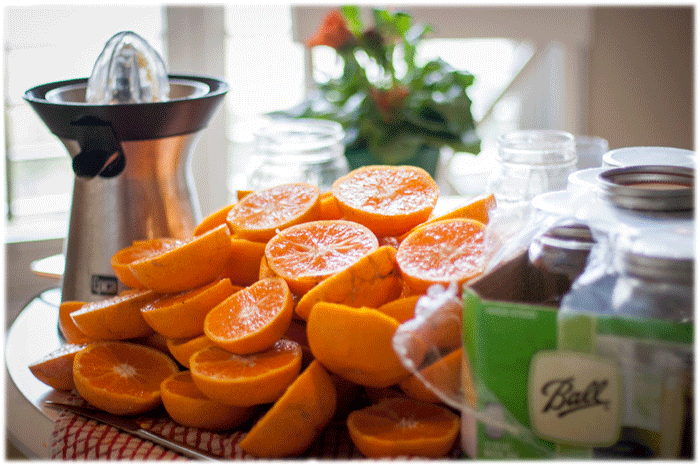| New study finds more OJ antioxidant benefits than scientists initially believed |
GOOD NEWS for orange juice lovers! According to a recent study published in Food Chemistry, a new technique has been developed that can better determine the health value of different foods and drinks, including our delicious Florida orange juice. In the study, researchers employed a new technique to determine antioxidant levels in food, and they found that orange juice actually has 10 times more beneficial antioxidants than scientists initially believed.
Citrus provides great nutritional value for our diets, of course, but it has beneficial antioxidants, too. Antioxidants are helpful because they can prevent or delay cell damage in the human body. They are typically found in fruits and vegetables, especially those that are yellow, orange, purple, or blue in color; citrus is a wonderful source of antioxidants.
Antioxidant activity is measured in Trolox/L. Scientists initially found that orange juice had 2.3 mmol Trolox/L. Using the new method, orange juice is found to have 23 mmol Trolox/L. Researchers at the University of Granada in the United Kingdom discovered a new simulation technique for measuring antioxidant activity in food, which they call “global antioxidant response” — or GAR.
The GAR technique differs from the previously used method because it includes an in-vitro gastrointestinal simulation of how food is processed in the human body. This enables researchers to obtain measurements of the solid portion of foods and drinks, like orange juice. Yes — solids can be found even in liquids, like orange juice. The techniques researchers used for measuring antioxidant activity prior to the GAR technique were able to measure only the liquid fraction of foods; they did not account for antioxidant activity of the solid portion, or fiber, in the food.
Interestingly, the large intestine can extract more antioxidants from the solid portions of food than the liquid. A higher extraction rate also explains the huge increase in measured antioxidant levels of orange juice, since the new technique is able to measure antioxidant activity of solid fractions.
While the GAR technique shows higher levels of antioxidants in the simulated human gastrointestinal digestive system, the results of the study have not yet been proved on human subjects. The Florida Department of Citrus spokesman, David Steele, explains that the department has “long supported a science-based approach to health and wellness. We have a wealth of peer-reviewed, published research that documents the amazing nutritional value of including 100 percent orange juice in a balanced diet,” He continues: “The recent ‘antioxidant study’ is something that requires clinical trials with human subjects. We look forward to the results of those further studies and, in the meantime, will continue to promote the scientifically established benefits of Florida orange juice.”
CREDIT
story by JULIE GMITTER

